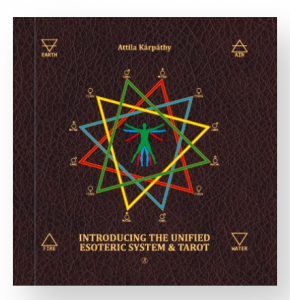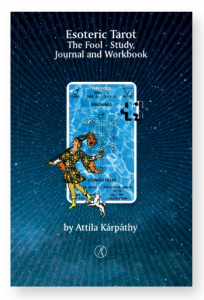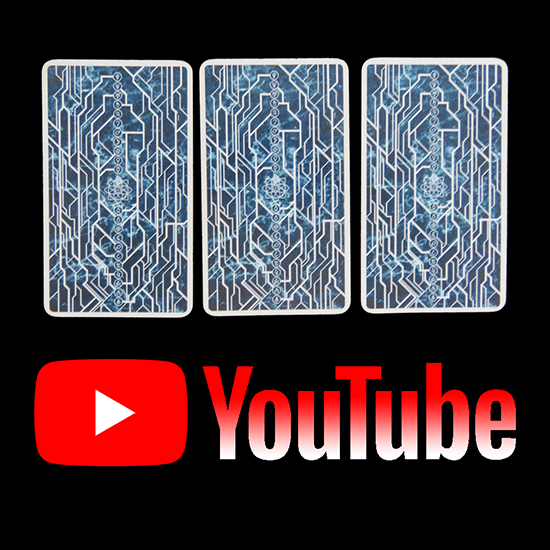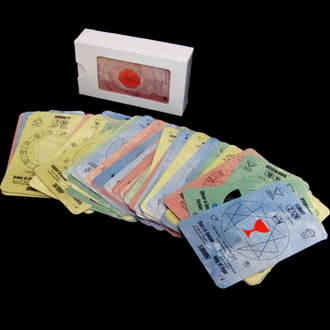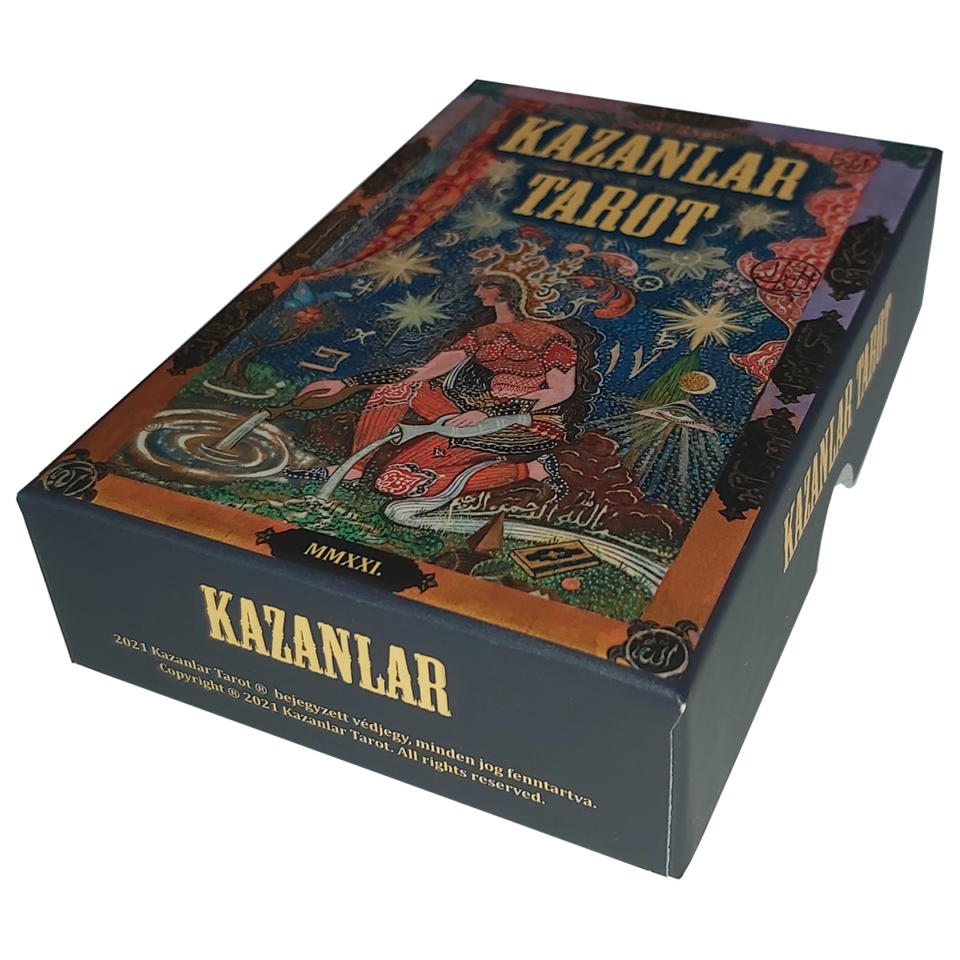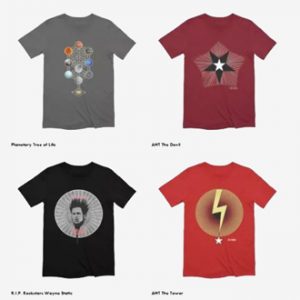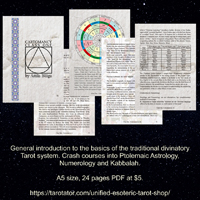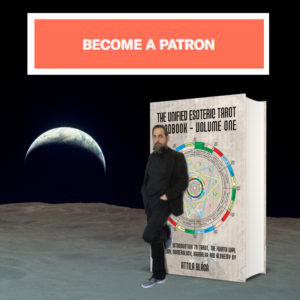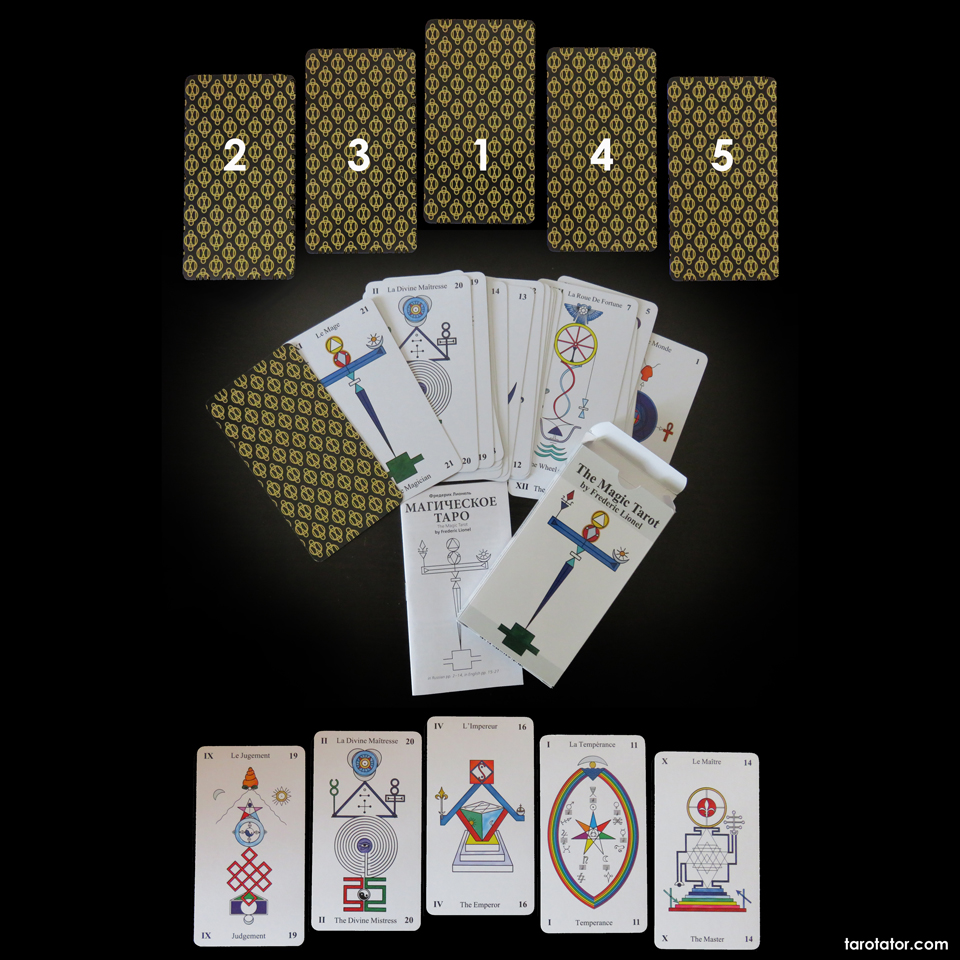
Frédéric Lionel was born on 17 July 1908, in Amphion les Bains, France. “The Magic Tarot: Vehicle of Eternal Wisdom” was published initially in Franch by Editions du Rocher in 1980. The English translation I own was published in 1982 by Routledge & Kegan Paul Ltd. The book was accompanied by an exclusive, Major Arcana only deck designed by Lionel. The Magic Tarot is one of the very few specially designed, esoteric – divinatory if you prefer – Tarot decks. While the traditional Western esoteric system, primarily represented by the Golden Dawn, is Kabbalah based and only by subordination connected to Astrology and Numerology, Lionel’s work focuses on Alchemy and aspects of self-development and enlightenment.
One of the distinctive features of his deck is the double numbering of the cards. The double numbering is a rare practice, the only precedent I am aware of is the folio number thirty-two from the widely disputed Cipher Manuscripts. In the founding document of the Golden Dawn, the cards are presented in a different order than one would expect and the cards are numbered both with Roman numerals and Arab numbers. The Fool is listed as the first, numbered with the Roman number one (I), and Arab number 11, followed by The Hanged Man, Judgement, The Juggler and so on. Apparently, the Juggler (The Magician) is marked with zero instead of a Roman number – difficult to distinguish precisely from the existing photocopies, respectively with 12. As we know, Roman numerals do not have zero, only Arabs have. While the Roman numbers, except the Fool and Magician, fit the traditional, respectively Tarot of Marseille ordering, the Arab numbering begins with 11, ends with 32 without any further explanations.
Although initially I was attracted by the modern, Kandinsky style artwork, in order to one efficiently work with the deck, first have to understand its philosophy. Fortunately, Frédéric Lionel offers an in-depth explanation and detailed analysis of the cards and his double numbering system.
Lionel uses Roman numbers for what he has called “numerical symbolism”, while the Arab numbers “indicate the stage in the progression along the path of initiation”. The Roman numbers conceptually are similar to the traditional numbering, while the Arab numbers represent the stages of the alchemical process. On each card, the Arab numbers are on the right-hand side, and the Roman numerals are on the left.
There is one card which stands out and has no numbers at all: The Fool. According to Lionel, The Fool is the first and also the last Arcanum. The Maat, as Lionel prefers to call the card, represents the ‘Truth’.
The second exceptional card is The Magician. Numbered both with Roman and Arab numerals twenty-one, XXI, respectively 21, The Magician represents the initiated Magus, the chosen one, the fully developed, self-aware and ‘awakened’ –enlightened – human being. Lionel stated: “The Magician of the Tarot illustrates, therefore, a supra-spiritual and supratemporal state.”
The Roman numbers from I to X represents the world of Manifestation, while the cards from XI to XX represents the world of Archetypes. Although Lionel does not mention it, I think there is an underlying, subtle relation of causality between these two. Therefore, card X, The Master is connected to card XI, The Devil. Card IX, Judgement relates to card XII, The Falling Tower; Card VIII, The Stars is linked to card XIII, Death, and so on.
Explaining the fundaments of the so-called “sacred mathematics”, Lionel divided the succession of stages into three groups of seven steps each or so-called septenaries. Once again, Lionel does not get deeper into this issue, but I think the idea of triplicities among the Major Arcana cards is a path worth further investigation and eventually will replace the current interpretation in pairs.
Another interesting feature of Lionel’s deck is the interpretation of the divinatory meaning of the cards. He gives both positive and negative attributes to each card, therefore reading reversals is not necessary.
Just like Éliphas Lévi’s “Dogmas and Rituals of High Magic”, which is divided into two parts and the first part called ‘dogma’ deals with the theoretical and philosophical aspects, while the second part, the ‘ritual’, introduces the practical aspects, Lionel’s have a similar structure.
The first part of the book called The Path of Initiation describes the life-journey of enlightenment starting from the first card, The World to the fulfilment represented by The Magician.
The second part, called Colour, Numbers and Divination, gives detailed instructions to read and interpret the cards. However, one without the other is incomplete, and the foundation of good practice is based on the understanding of the theoretical and philosophical aspects.
The Tarot embedded several layers of knowledge. These layers are complementary, each one adding further details which enrich the reading and confirm the interpretation by cross-references. Lionel explores the fascinating world of graphical symbols from the significance of the lines and shapes to the meaning of colours.
As for the shortcomings, Lionel’s does not make astrological references.
Although I prefer the simple and precise questions in order to obtain clear and straightforward answers, sometimes a so-called general question may reveal unexpected perspectives.
Therefore, the question is: what should I know – be aware of – to improve my current situation?
In these circumstances, a spread with too few or too many cards might be inappropriate, so, I have chosen the middle of the road, respectively a five cards spread.
The Sunrise spread is also called the Fifth Element spread. The Fifth Element is the man/woman, the receiver, the recipient, the vessel, the beneficiary of the energies of the Four Elements.
When someone is aware of the energies radiating from the inside and knows the influences coming from the outside, can handle and use them for its benefit.
The first card represents the inquirer and its relation to the subject: The Emperor (IV/16).
For divinatory interpretation, The Emperor corresponds to intellectual rigour, great logical precision, and also to the will to achieve success. However, success can arouse pride and stubbornness, leading to a tyrannical attitude and intransigence.
The Emperor represents the world of Manifestation, and therefore, it is subordinated to the foil of The Sun from the world of Archetypes. Thus, The Sun represents awakened spirit, attraction to spirituality, love of the fellows and the desire to serve.
The Emperor is the symbol of exoteric authority manifested in the heart of the physical world. Therefore, it represents the threshold leading from the material to the spiritual world symbolised by the transformation of the stone into bread. However, the ascension is possible only by exploration and conscious effort.
The second card represents the Element Fire. Fire represents desire, instinct and impulsiveness. The second card is Judgement (IX/19).
The divinatory interpretation, according to Lionel, is spiritual fervour, psychic abilities and the gift of foreseeing. On the other hand, it warns about the risk of excesses, respectively, the abuse of power.
The Judgement is a symbol of rebirth and “awakening to life” – meaning illumination, enlightenment and corresponding to initiation.
The third card represents the Element Water. Water represents emotions. The third card is The Divine Mistress (II/20) – representing The High Priestess.
The divinatory meaning of the card suggests a disposition towards contemplation, metaphysical studies and development into mysticism. Repressed, these tendencies might lead to dissipation through fear of being misunderstood.
According to Lionel, guided by the Divine Mistress, the awakened man will be capable of integrating himself into the motion of Life and thereby able to discover the Philosopher’s Stone – which is the symbol of accomplishment.
The fourth card represents the Element Air. Air represents thoughts, respectively, our fears and hopes. The fourth card is Temperance (I/11).
For purposes of divination, the foil of Temperance corresponds to the well-directed effort, flexibility, but also indifference, respectively, the fear of making decisions and assume responsibility.
Temperance evokes the global vision of a world in which everything moves according to the law of Rhythm. The Principle of Rhythm is defined in The Kybalion, which states: “Everything flows, out and in; everything has its tides; all things rise and fall; the pendulum-swing manifests in everything; the measure of the swing to the right is the measure of the swing to the left; rhythm compensates.”
Lionel noted: “Rhythm fills space and unites in harmony things which do not seem to have any link of community between them.”
The fifth card represents the Element Earth. Earth represents the material world, the materialisation, respectively, the outcome. The fifth card is The Master (X/14) – representing The Hierophant.
The divinatory meaning of the card is “experience of existence”. The role of The Master is to teach and share his experience and knowledge. However, the risk here is dogmatism and the development of theories which one wishes to impose upon others.
The Master may signify that one is an initiate, an instructor, or that he needs a guide to show him the path.
Regarding the spiritual progress, we have to look at the numbers. The Emperor is the sixteenth card, respectively the second card of the third and final phase of development, only five steps – cards – away from the full development represented by The Magician. Driven by ambition and will, The Emperor is in a good position and close to achieve his goal.
The Judgement, respectively, the number 19 signifies strong instincts and intuition.
However, one should not bet everything on a single card. On the emotional level, The Divine Mistress numbered 20, shows emotional maturity. The only obstacle is our own fears. Mentally, Temperance and number 11, reveals one the one hand that our efforts are put in the right direction, but we have some issues with making decisions and taking responsibility. The key to this issue is to stay focused and find the right rhythm in harmony with the universe. Also, it means that if somewhere we find ourselves in front of a closed door, we should go around and find an alternative entrance. Finally, on the practical side, The Master, respectively number 14, represents the teacher and further development is possible by sharing our experiences with others, respectively the key to success is communication and open-mindedness. One should avoid rigid theories and dogmatism.
Each deck has its personality and spirit. Understanding and learning one deck takes time, dedication and patience. Modern man lack all of these.
Frédéric Lionel remains a widely unknown Western esoteric scholar and his Magic Tarot a forgotten relic of the past century.
Special thanks to Katalin Patnaik.
#magictarot #fredericlionel #tarot #tarotreading #tarotspread #esoterictarot


